1/6/2023
·Enable high contrast reading
Chronic Hypervigilance
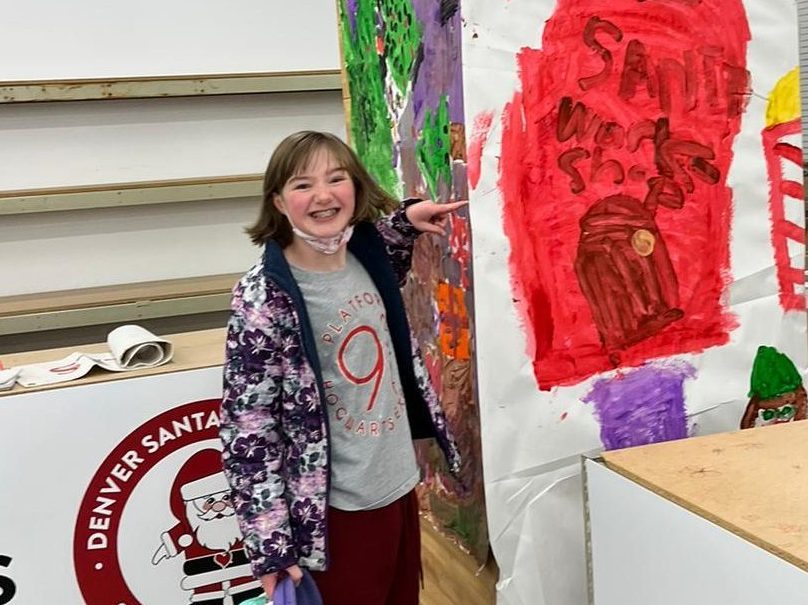
I feel like the word is too nice of a term. It sounds overly positive. Vigilance is a good thing, so surely being extra vigilant is even better. Right? Let me assure you it is not. Since the day I learned about my daughter’s life-threatening medical needs, I have lived in a constant state of hypervigilance to varying degrees. For someone looking in from the outside, it can sometimes look like I am just a giant control freak–which is true–but a separate issue. Other times, it can just look like I’m extremely organized and almost normal. Most often, however, it looks like I am overthinking and overcomplicating everything.
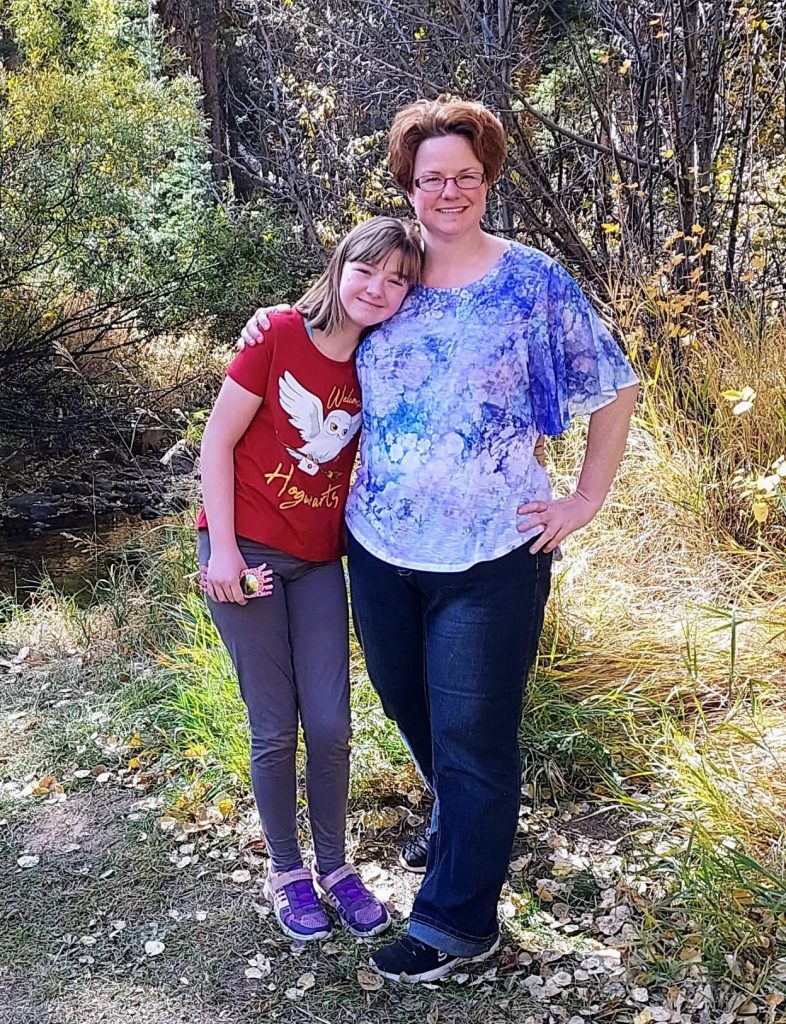 In Andalyn’s case, more often than not what you see is most definitely not what you get. If you happen to catch us in the grocery store without any of her medical gear you would never know she has medical issues at all, much less intestinal failure and other complex diagnoses. You would likely see a mother who appears a bit too impatient with a daughter who never stops moving or asking questions and who voices her constant observations of the world just a little too loudly and with a little too much honesty. You would see a bright-eyed, healthy child full of energy and sassy spunk. You would see a young girl on the cusp of her teen years just a few inches shorter than her exhausted and slightly disheveled mother. If you looked really closely you might even see that Andalyn is still very much wrapped up in the innocence and wonder of a child half her age, one not yet aware that she should be too old for such things as cartoons, toys, or believing in the magic of fairies, unicorns, and Santa Claus.
In Andalyn’s case, more often than not what you see is most definitely not what you get. If you happen to catch us in the grocery store without any of her medical gear you would never know she has medical issues at all, much less intestinal failure and other complex diagnoses. You would likely see a mother who appears a bit too impatient with a daughter who never stops moving or asking questions and who voices her constant observations of the world just a little too loudly and with a little too much honesty. You would see a bright-eyed, healthy child full of energy and sassy spunk. You would see a young girl on the cusp of her teen years just a few inches shorter than her exhausted and slightly disheveled mother. If you looked really closely you might even see that Andalyn is still very much wrapped up in the innocence and wonder of a child half her age, one not yet aware that she should be too old for such things as cartoons, toys, or believing in the magic of fairies, unicorns, and Santa Claus.
What you wouldn’t see are the various scars that cover her chest and abdomen from nearly three dozen surgeries. You wouldn’t see the central line or the gastrostomy tube. Her massively enlarged spleen, artificial pulmonary heart valve, liver damage, and intestinal failure are also hidden beneath her shirt along with many layers of cumulative trauma.
Andalyn’s central line for the required daily IV infusions puts her at increased risk for central line associated bloodstream infections (CLABSI). This means she has to be hospitalized every single time she gets a fever of 100.4 or higher for close monitoring and IV antibiotics. She has endured several of these infections, so I have seen first hand how scary they are and how rapidly they can progress to sepsis, twice nearly killing her. These traumatic memories insist on living at the edge of my thoughts, pointing out danger, and reminding me of how fragile her life is. Even when I am doing my absolute best, I can’t protect her from certain things, and this knowledge haunts me. Chronic hypervigilance makes letting my guard down feel nearly impossible, and somewhere along the way it became my unwanted, constant companion. My relationship with hypervigilance is definitely one of love/hate.
This hypervigilance has endowed me with nearly superhero powers of observation. I’m even able to recognize and detect problems before they can fully manifest to her medical team. Hypervigilance also helps me to follow care routines consistently. In moments when I want to give up or when things feel impossible, somehow it lends me strength and the ability to keep moving forward for Andalyn. Hypervigilance is a huge part of what makes me an excellent caregiver and has helped save my daughter’s life on more than one occasion. Unfortunately, it is also one of the biggest reasons I feel caregiver burnout. Feeling like I have to always be watching for signs that things could fall apart and constantly adjusting things in her care to mitigate those risks takes a huge toll on me.
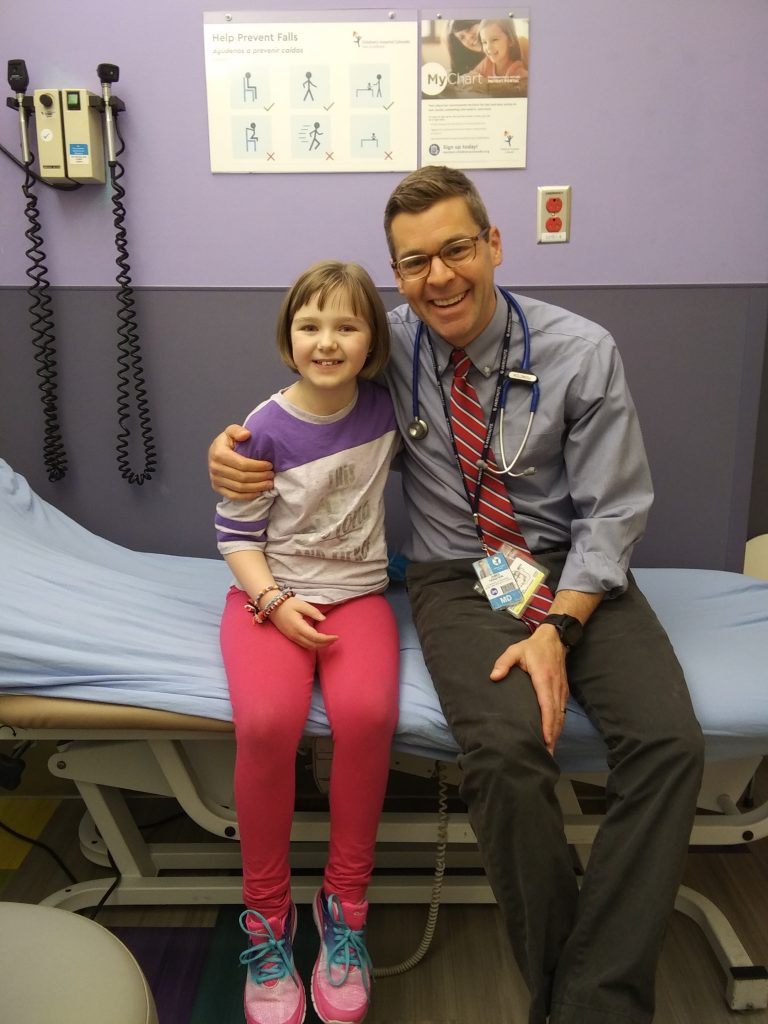 Because all of my energy has been focused on her medical needs for so long, chronic hypervigilance has made finding balance in life incredibly difficult. So difficult in fact, that I couldn’t figure it out on my own. It’s hard to enjoy the good moments when I’m constantly trying to anticipate and avoid the next crisis. I am fortunate to have an excellent pediatrician who recognized the need for palliative care support and am blessed to have an amazing GI team. Her team understands the need to live a good life, and so they prioritize our goals for quality of life in treatment plans and interventions, which makes all the difference. They say it takes a village to raise a child, but when that child has complex needs your village is often filled with people you didn’t choose. More often than not, they come with name badges, stethoscopes, and clinic appointments. I may not have been able to pick the people in my village and it may not look like the one I envisioned long ago, but I can’t imagine being in a better one. Throughout the ups and downs her medical team has been there for us. They help me reevaluate what is important and what is ok to let go of, reassuring me when I struggle to do that and always trying to help make things easier in the day-to-day routines. In my opinion, this kind of support has been as important–perhaps even more so–than the medical interventions have been. The support, perspective, and shared decision making is what makes the rest of what is required of me possible.
Because all of my energy has been focused on her medical needs for so long, chronic hypervigilance has made finding balance in life incredibly difficult. So difficult in fact, that I couldn’t figure it out on my own. It’s hard to enjoy the good moments when I’m constantly trying to anticipate and avoid the next crisis. I am fortunate to have an excellent pediatrician who recognized the need for palliative care support and am blessed to have an amazing GI team. Her team understands the need to live a good life, and so they prioritize our goals for quality of life in treatment plans and interventions, which makes all the difference. They say it takes a village to raise a child, but when that child has complex needs your village is often filled with people you didn’t choose. More often than not, they come with name badges, stethoscopes, and clinic appointments. I may not have been able to pick the people in my village and it may not look like the one I envisioned long ago, but I can’t imagine being in a better one. Throughout the ups and downs her medical team has been there for us. They help me reevaluate what is important and what is ok to let go of, reassuring me when I struggle to do that and always trying to help make things easier in the day-to-day routines. In my opinion, this kind of support has been as important–perhaps even more so–than the medical interventions have been. The support, perspective, and shared decision making is what makes the rest of what is required of me possible.
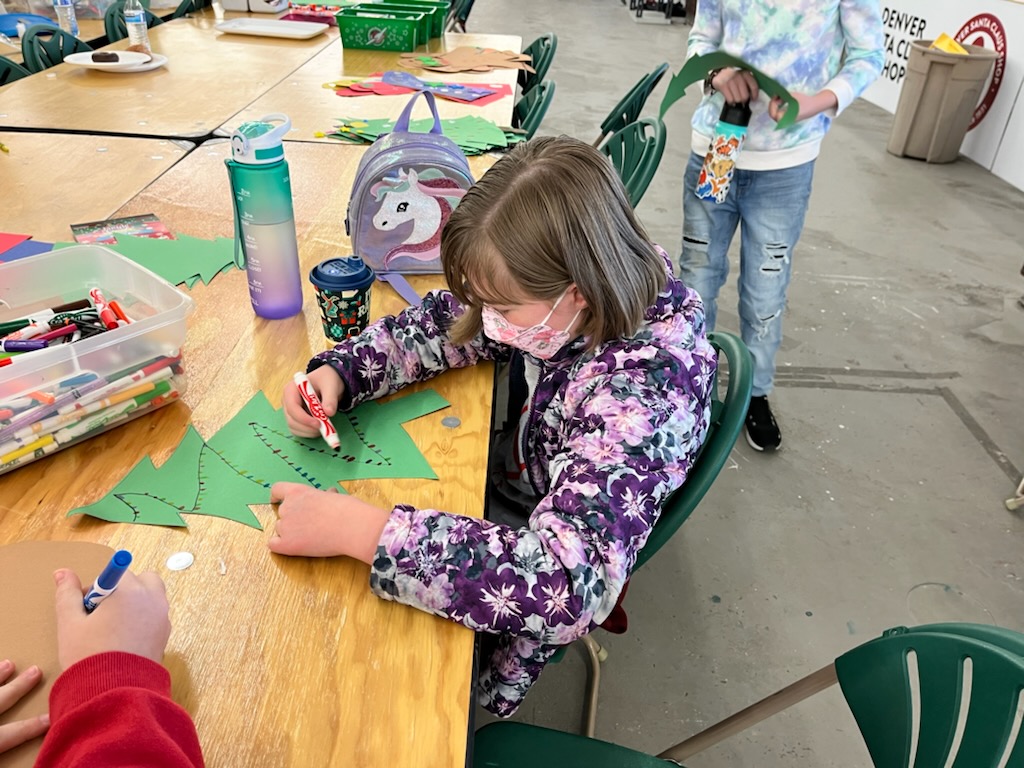 Because of chronic hypervigilance, the way I see my child has been changed and so has how I see the world. Despite wonderful support from the medical team I often find myself struggling with feelings of inadequacy and deep guilt when striving to find balance. Hypervigilance compounds my insomnia and makes my anxiety feel unsurvivable at times. The idea of putting Andalyn in settings where I have to trust others to do what I do has been panic-inducing more times than I care to admit. Andalyn recently had an opportunity to participate in a service project with some other girls from church. A close friend who is familiar with her medical needs offered to take care of her since she was already going. Andalyn was so excited that I thought she would wiggle right out of her pants. I knew this would be good for her. Yet as soon as the door closed, instead of enjoying some much needed “me” time, it mostly felt like my intestines had been filled with razor blades and then tied into knots. Regrettably, as I spent the day battling with hypervigilance and his good friend, anxiety, I was robbed of the peace and rest I so desperately needed. I tried with minimal success to take comfort in knowing that this was precisely the quality-of-life experience her team and I had been working so hard to give her and reminding myself of that helped to ease some of the angst. Still, I was barely able to enjoy the fact that she was getting to do something normal and had to push against the waves of intrusive thoughts filled with fear and worry that came and went, leaving me exhausted by the end of the day.
Because of chronic hypervigilance, the way I see my child has been changed and so has how I see the world. Despite wonderful support from the medical team I often find myself struggling with feelings of inadequacy and deep guilt when striving to find balance. Hypervigilance compounds my insomnia and makes my anxiety feel unsurvivable at times. The idea of putting Andalyn in settings where I have to trust others to do what I do has been panic-inducing more times than I care to admit. Andalyn recently had an opportunity to participate in a service project with some other girls from church. A close friend who is familiar with her medical needs offered to take care of her since she was already going. Andalyn was so excited that I thought she would wiggle right out of her pants. I knew this would be good for her. Yet as soon as the door closed, instead of enjoying some much needed “me” time, it mostly felt like my intestines had been filled with razor blades and then tied into knots. Regrettably, as I spent the day battling with hypervigilance and his good friend, anxiety, I was robbed of the peace and rest I so desperately needed. I tried with minimal success to take comfort in knowing that this was precisely the quality-of-life experience her team and I had been working so hard to give her and reminding myself of that helped to ease some of the angst. Still, I was barely able to enjoy the fact that she was getting to do something normal and had to push against the waves of intrusive thoughts filled with fear and worry that came and went, leaving me exhausted by the end of the day.
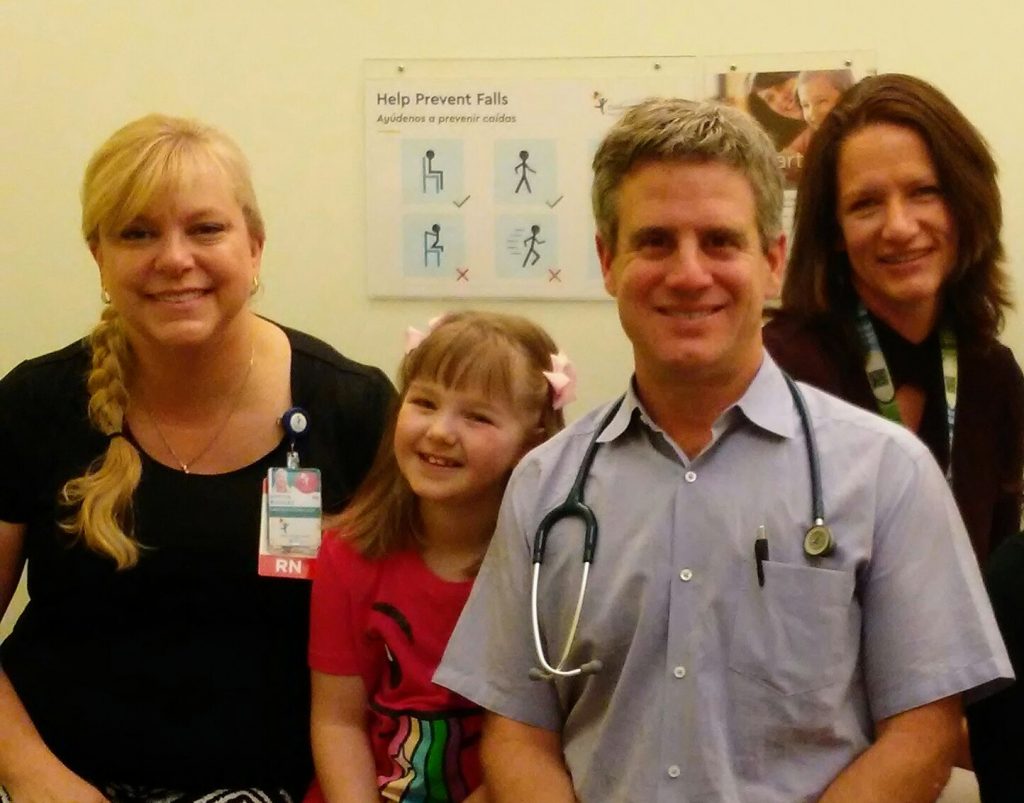 Trying to figure out how to prioritize my energy and focus when every detail in our life feels equally demanding and important often takes an outside perspective. Having a medical team to help figure out which things to let go of and who provides reassurance that it is ok to occasionally take a break from being hypervigilant helps me in that process to find the balance I am striving for. Even with their support and encouragement, I am still learning how to be comfortable with putting aside hypervigilance. While I am not yet in a place where I get to really enjoy it, I suspect eventually I will get there. Like everything else in our world, this, too, is a process.
Trying to figure out how to prioritize my energy and focus when every detail in our life feels equally demanding and important often takes an outside perspective. Having a medical team to help figure out which things to let go of and who provides reassurance that it is ok to occasionally take a break from being hypervigilant helps me in that process to find the balance I am striving for. Even with their support and encouragement, I am still learning how to be comfortable with putting aside hypervigilance. While I am not yet in a place where I get to really enjoy it, I suspect eventually I will get there. Like everything else in our world, this, too, is a process.
Amanda has a BS in psychology from the University of Wyoming and has recently written a book, A Tattered Soul: A True Story About Chronic Illness and a Mother’s Journey from Brokenness to Acceptance. She is the sole caregiver for her daughter, a child with complex medical needs including intestinal failure and chronic Total Paraenteral Nutrition (TPN) dependence. Her daughter’s needs have taught her to be a skilled advocate driven by the desire to help others navigate their way through the world of chronic caregiving.
Amanda is a 2022-23 CPN Blogger in Residence, an opportunity available through support from Sanofi.





